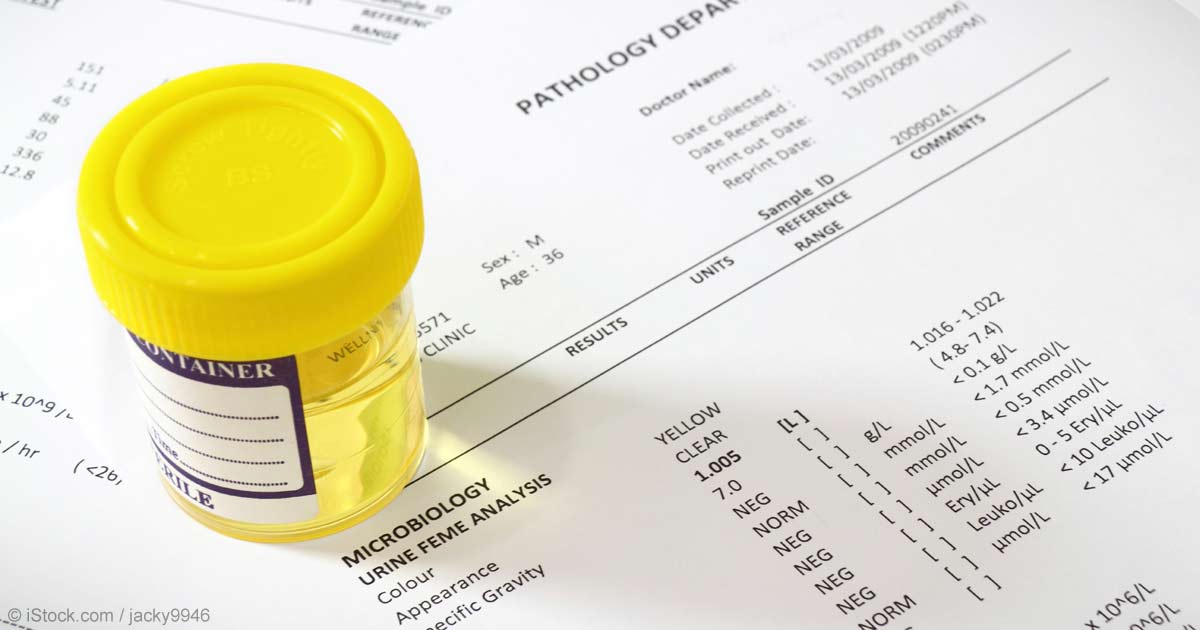The Royal Australian College of GPs, the peak body for general practices in Australia, has released guidance for practitioners looking to adopt AI scribes to support clinical documentation.
An AI scribe captures audio speech from a clinical encounter to convert it into text that becomes part of a patient’s health record.
WHAT IT’S ABOUT
RACGP initially suggests developing a policy on implementing and utilising AI scribes.
Before making the decision to adopt one, the following must be taken into consideration, according to the guidance:
-
Evidence of product’s safety, efficacy, and applicability for use in the Australian GP context
-
Ease of use
-
Time efficiency and impact on clinical workflow
-
Informing patients about the use of AI scribe
-
Securing patient consent
In addition, RACGP advises GPs to consult with their indemnity insurers before buying and using an AI scribe. They must also ensure that the technology complies with Australian laws for safe data collection and storage.
While AI scribes are particularly helpful in automating clinical documentation, RACGP cautions against its risks.
“GPs should carefully review the output prepared by an AI scribe for false positives and negatives and edit the text as required (adding any missing information or omitting incorrect information). The GP can then add their own notes and observations, and in some cases, attach documents before signing off on the documentation.”
WHY IT MATTERS
Australian GPs reportedly spend around a tenth of their time in a week on practice management. Many of them, according to a recent RACGP survey, also expressed dissatisfaction with the amount of administrative work they are handling.
“AI scribes could reduce the administrative burden for GPs which contributes significantly to burnout, and improve patient satisfaction, but they do need to be used with caution,” said RACGP President Dr Nicole Higgins in a statement.
She also emphasised that the technology can only serve as a complement to the tedious work of clinical documentation.
“It’s important to understand AI scribes cannot replace the work GPs do to prepare clinical documentation, and doctors must carefully check their output for accuracy, as they can make mistakes.”
MARKET SNAPSHOT
Nuance’s Dragon Ambient eXperience Copilot, one of the popular AI-based clinical documentation tools in the market, was recently made available for full integration with widely adopted EMR systems, Epic and Meditech Expanse.
A “Mandarin version” of the technology was recently developed by China Medical University Hospital. The Generative Healthcare Intelligent system also leverages Microsoft Azure OpenAI’s GPT-4 to analyse and summarise speech information from clinicians.
In Australia, startup Heidi Health recently raised almost $7 million in Series A funding for its AI-based clinical productivity tool, which is currently used by a hundred GPs in the country.


